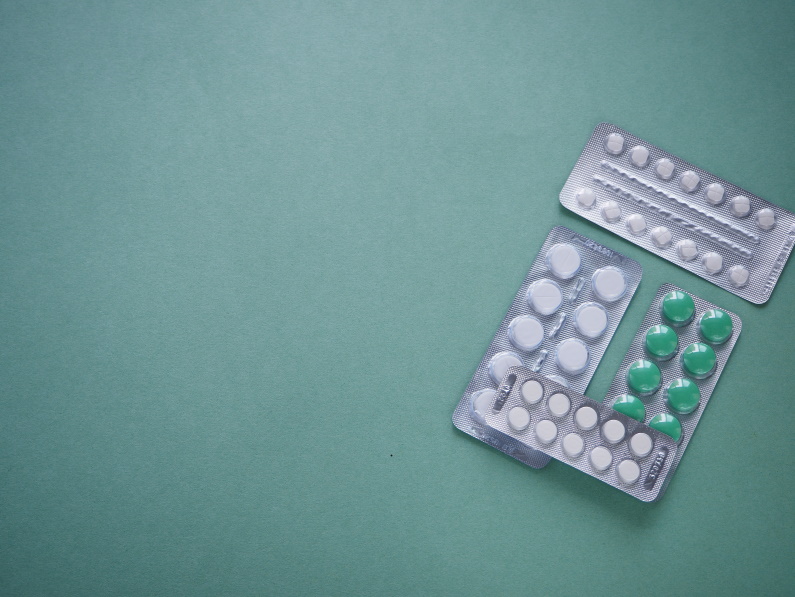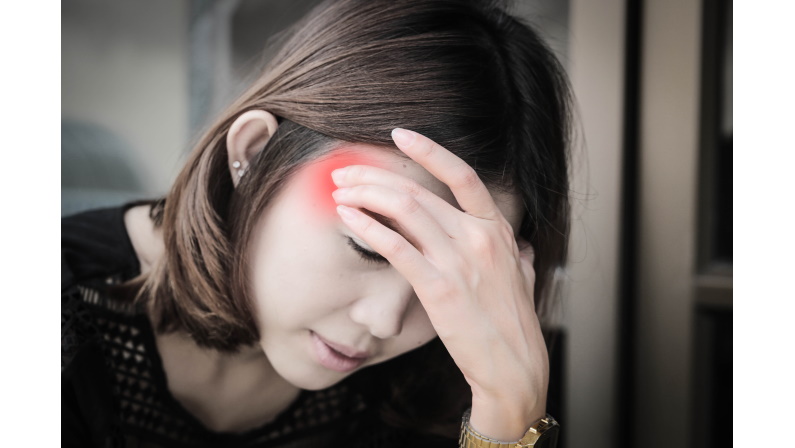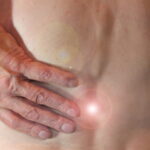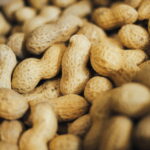People have difficulty with how to cope with migraines because they are a special type of headache with their own symptoms, properties, and preventive treatment. Both women and men suffer from migraines; however, women are much more prone, experiencing them roughly 3 times more often than men.
The reason for this is not clear, but it’s possible that they’re more prone because they have a higher than average number of brain receptors for serotonin. Women also suffer from hormonal changes, like a higher estrogen level, which worsens pain. They may be more sensitive to hormonal fluctuations, such as those before a period or during pregnancy. Hormonal changes can, in turn, affect pain threshold and sensitivity to pain.
Most men experience migraines after physical exertion, although some studies have shown that men who suffer from migraines may have lower levels of testosterone and higher levels of estrogen. This means that men are also subjected to migraines when hormones fluctuate. Some researchers suggest that this is the reason why migraines occur less in older populations.
How a Migraine Occurs
Migraines occur when there is an increase in the level of serotonin in the brain. Different factors that can affect serotonin levels include certain foods and drinks, moods, sleep patterns, stress, menstruation, and pregnancy and hormone levels.
When the blood vessels in the brain begin to constrict (shrink) and then dilate (swell), chemicals are released, creating a “pulsation” feeling. This pulsation is what causes severe pain.
Duration and Symptoms
Once a migraine is triggered, classic symptoms include an abnormal sensitivity to light, sound, and smell. Therefore, it’s natural to experience distorted vision and even see flashes of light. As far as the pain, it begins to feel like a dull, throbbing sensation or an extremely sharp pain, and it can be acute and frequent, usually on one side or a certain portion of the head. However, migraine sufferers can feel neck pain as well.
Usually, nausea and/or dizziness can accompany the migraine, and physical activity worsens the pain.
Some say they experience a sensation called an “aura” where images are blurred or one’s sense of hearing is distorted. Oftentimes, people have a sense of depression, irritability, or fatigue right before a migraine occurs.
A few other common symptoms include nasal congestion and tenderness on the scalp.
People that suffer from migraines tend to feel severe pain anywhere from 4 to 72 hours.

The Foods
There are certain chemicals in foods and beverages that trigger a migraine. These chemicals include but are not limited to gluten, MSG, and tyramine.
Foods known to trigger migraines or contain the chemicals above are listed below:
- Aged cheese
- Cured foods such as ham, spam, sausages, and hotdogs
- Chocolate (especially dark chocolate)
- Caffeine, found in coffee, tea, and soda
- Alcohol, red wine in particular
- Cultured dairy products, such as sour cream
- Peanuts and brazil nuts
- Peanut butter
- Soy sauce
- Aspartame
- Pickled or marinated snacks and foods
- Avocados (which contain tyramine)
How to Cope
The best thing to do once the symptoms have occurred is to take proper migraine medicine and lay in a cool, dark, and quiet room. Any light, sound, or abnormal smell can worsen the migraine pain.
Icing the bottom of the skull on the back of the neck will suspend blood flow to the brain, which will also help to ease the pain. While icing, dip your hands and feet into warm water, to transfer the blood from your head to the extremities. You can do this in the bathtub. While different medications are discussed below, some people have tried natural remedies which can alleviate pain temporarily. These include:
- Essential oils, including lavendar oil and peppermint oil
- Caffeine
- Pineapple juice
- Ginger
- Magnesium

How to Cope with Migraines Using Medication
There are different medicines one can take to either lessen the pain or prevent the migraine from occurring. Over-the-counter medications such as Advil (or ibuprofen), Tylenol (or acetaminophen), Motrin, Excedrin, and sometimes different combinations of these as recommended by a healthcare provider, are all adequate pain killers for acute migraines.
When a person experiences migraines more than 3-4 times a month, they are suffering from chronic migraine, and seeking a doctor is advised. The latest drugs on the market for both acute and chronic migraines, in the form of pills, shots, or nasal sprays, include:
Acute Migraine Drugs
- Rimegepant sulfate (Nurtec ODT) for episodic migraines
- Ubrogepant (Ubrelvy)
- Sumatriptan (Imitrex, Tosymra)
- Rizatriptan (Maxalt, Maxalt-MLT)
Chronic Migraine Prevention
- Rimegepant sulfate (Nurtec ODT) for migraine prevention
- Erenumab (Aimovig)
- Fremanezumab (Ajovy)
- Galcanezumab (Emgality)
When acute pain is severe, a healthcare provider can give an injection intranasally, like Zolmitriptan, in order to stop the migraine. In September 2021, another medication, called Qulipta, was FDA approved to prevent chronic migraines.
Relaxation Techniques
Relaxation techniques are a great way to ease the mind, prevent migraines from occurring, and alleviate migraines once they’ve come.
Breathing exercises are a great way to alleviate migraines. The most popular relaxation techniques involve deep breathing. This method is the most overlooked yet effective tool for reducing migraines.
Inhale deeply through your nose and then slowly exhale through your mouth. Repeat this for 10 minutes.
Take a deep breath in, hold it in for 3 seconds, and then release it. You can also try taking short breaths in and out through your nose or mouth.

Another method is called alternate nostril breathing.
- Bring your right hand up to your nose, and, keeping your thumb closing the right nostril, breathe in as deeply as possible through your left nostril.
- Holding that breath, now pinch your left nostril shut with the ring finger, and release your thumb on the right nostril and breathe out.
- Keeping the ring finger shut still on the left nostril, now breathe in as deeply as possible through the right nostril.
- Pinch the right nostril shut with your thumb and breathe out on the left nostril by releasing your ring finger.
- Repeat this process for 5 minutes.
Conclusion
In summary, migraines can be debilitating and make it hard to go about your day. There are many medications on the market that can you cope with migraines, alleviate pain, and find long-term prevention.
Preventive steps often help migraine sufferers. Stopping triggers like bright lights, scents, and certain foods help stop migraines, to begin with. And practicing the right breathing techniques or using essential oils can also provide relief.
For more information on how to cope with migraines, visit https://americanmigrainefoundation.org/.







